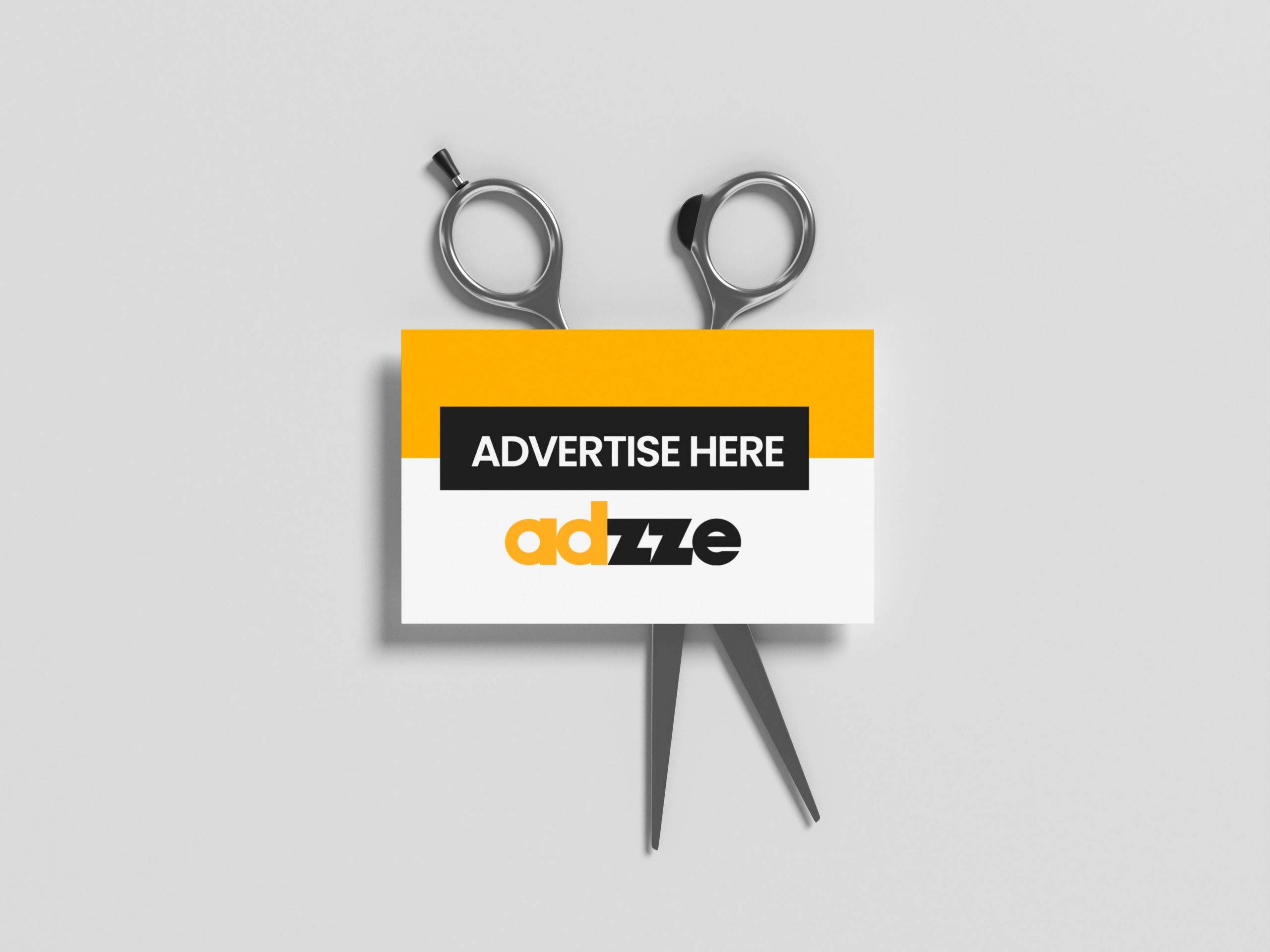
Salon clients spend an average of 45 minutes per visit. Why not make sure they see your brand during that time? With wall posters, counter cards, and take-ones, your message is always in their view—at the salon and beyond
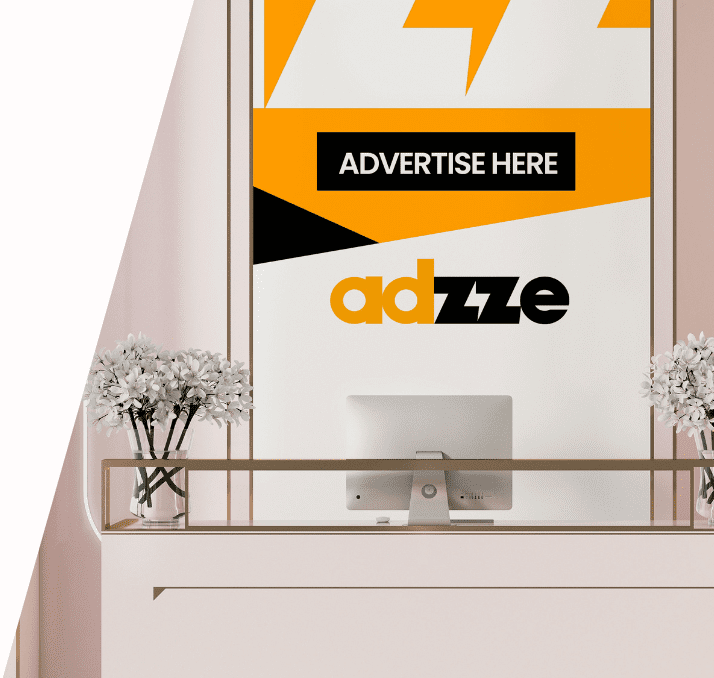
Advertising in beauty salons uses place-based strategies, incorporating wall posters, counter cards, and take-one brochures to reach clients during their visits. These methods position brand messages in high-visibility areas, ensuring customers engage with them while receiving services or waiting. With exposure times ranging from 30 to 45 minutes per visit and repeated impressions, the approach ensures prolonged interaction with the brand, enhancing recall and preference. The ads align with the salon’s environment, blending seamlessly with the focus on beauty and wellness.
Options of advertising
There are three main advertising tools for salons: Wall posters prominently showcase beauty products, trends, or promotions, catching the client’s eye while they wait or receive treatments. Take-ones are brochures or flyers placed in accessible areas, offering detailed information, coupons, or discounts for clients to take home, ensuring extended engagement. Counter cards, located on reception desks or styling stations, highlight limited-time offers or new product launches, effectively driving immediate action like bookings or purchases.
Impacts of beauty salons advertising:
Salon advertising benefits from the relaxed and beauty-focused mindset of clients. Customers are often more receptive to promotional messages in this setting, associating them with trust and expertise.
Prolonged exposure to visuals like wall posters or counter cards fosters familiarity and increases brand recall.
The salon’s focus on self-care enhances the emotional appeal of products or services, encouraging customers to connect the ads with their desire for beauty and well-being. These factors collectively drive greater engagement and potential sales conversions.
This method combines cost-efficiency with high engagement, achieving CPMs of $10-25 and thousands of monthly impressions. Salon ads provide prolonged interaction times in a trusted setting, creating strong brand associations.
By leveraging the positive emotions linked to beauty treatments, they establish deeper connections with clients. Over time, repeated exposure builds brand loyalty and transforms customers into advocates, maximizing the return on investment for advertisers.
Advertising in beauty salons, particularly through wall posters, take-ones, and counter cards, is highly effective due to the psychological dynamics at play in this specific environment. Customers who visit salons are typically in a relaxed, beauty-focused mindset, making them more receptive to advertising messages. Here’s how salon-based advertising taps into key psychological principles to influence customer behavior:
Captive and Relaxed Audience
Salon clients often spend significant time waiting for or receiving services. This creates an ideal setting for place-based advertising because clients are essentially a captive audience with limited distractions. Unlike outdoor ads or social media posts that may only capture attention for a few seconds, salon patrons are in an environment that encourages prolonged exposure to advertising materials. Research shows that prolonged exposure increases familiarity, and repeated exposure to a brand can lead to higher brand recall and preference levels. In addition to being a captive audience, salon clients are in a relaxed and open state of mind. They visit the salon to enhance their appearance and well-being, which creates a positive emotional context. This emotional state is highly conducive to advertising that promotes beauty, self-care, or wellness products. Studies in consumer psychology demonstrate that individuals are more likely to form positive associations with brands when they encounter them in relaxed and pleasant environments, making salon advertising more effective than ads in high-stress or fast-paced environments.
Influence of Beauty and Wellness Environment
Beauty salons are perceived as trusted spaces where customers seek expert advice on personal care. This trust extends to the products and services promoted in the salon environment, whether through wall posters showcasing trending hairstyles or counter cards featuring the latest beauty products. The trust customers have in their stylists or aestheticians can positively influence how they perceive the advertising. Customers may assume that if a product is promoted in a salon, it has been vetted by professionals, increasing the likelihood of purchase.
Furthermore, the visual appeal of beauty and wellness-focused advertising plays a crucial role. Salon posters often feature attractive, aspirational images that align with the customer’s desire for beauty enhancement. According to consumer behavior studies, visuals that evoke desirable outcomes—such as clear skin, shiny hair, or a fashionable look—can trigger emotional responses that lead to greater engagement and higher chances of acting on the ad.
Priming and Subliminal Messaging
The concept of priming in psychology refers to the way exposure to a specific stimulus can influence behavior or thoughts without conscious awareness. In salons, where the primary focus is on beauty and self-care, clients are already primed for messages related to appearance enhancement. For example, a counter card advertising an anti-aging skincare product is more likely to resonate with clients in a beauty-focused mindset than when they encounter similar ads in other settings, like at the grocery store or online. Salon-based advertising can also benefit from subliminal messaging. While clients may not always consciously focus on the ad, repeated exposure to posters, take-ones, and counter-cards can lead to incidental learning. This happens when consumers subconsciously absorb information from their environment. Over time, they may prefer the advertised product or service simply because it feels familiar. This type of passive engagement is particularly powerful in environments like salons, where customers are often seated and looking around for extended periods
Emotional Appeal and Brand Loyalty
The emotional connection between salons and self-care can also foster brand loyalty. Customers visit salons for treatments that make them feel better about their appearance and well-being. Advertisers can capitalize on this emotional connection by aligning their products or services with the customer’s desire to feel pampered and confident. For instance, a wall poster promoting a luxurious haircare line taps into the customer’s aspiration for beautiful, healthy hair, reinforcing the emotional appeal of the product.
Over time, clients who repeatedly see the same brand messages during their salon visits may develop a sense of loyalty to the advertised brand, particularly if the salon reinforces the message by recommending or using the product during treatments. This repeated association with positive experiences can create brand advocates, increasing the likelihood of future purchases
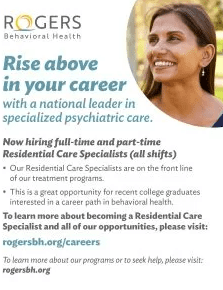
Rogers Behavioral Health Targets Recruits with Pizza Box Topper Campaign

Kashi’s Bear Naked Granola Takes Over Coffee Shops with Coffee Sleeves
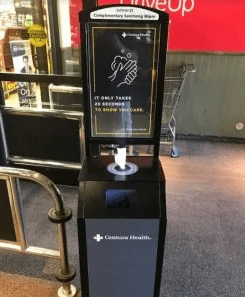
Centura Health Uses Hand Sanitizing Stations to Promote COVID-19 Vaccination

MoDOT Delivered a High-Impact Campaign with Pizza Toppers

Champlain College Delivers Career Growth with Pizza Box Toppers




The cost of a beauty salon advertising campaign varies depending on the size, location, and specific ad options used. On average, the cost per thousand impressions (CPM) ranges from $10 to $25. Campaigns with higher reach or more premium placements, like wall posters and take-ones, can influence the overall budget.
Response rates for beauty salon advertising depend on factors such as the relevance of the ad to the salon’s clientele, the quality of the design, and the call-to-action provided. While specific rates can vary, the prolonged exposure of 30-45 minutes during salon visits significantly boosts brand recall, often leading to higher engagement compared to other advertising methods.
Yes, beauty salon advertising is highly customizable. Brands can tailor wall posters, counter cards, and take-one brochures to reflect their unique messaging, branding, and promotional goals. Customization helps ensure that the ads align with the salon’s aesthetic while resonating with its clientele.
Yes, beauty salon advertising can be effective for digital businesses. By including QR codes, website URLs, or social media handles on ads, digital companies can drive online traffic. Additionally, salon clientele, often focused on beauty and wellness, are likely to engage with digital platforms that enhance their lifestyle, making it a strategic choice for digital businesses targeting this audience.
Beauty salon advertising offers a unique blend of hyper-local targeting, high visibility, and cost-effectiveness, making it an underrated tool for advertisers looking to reach specific audiences. Ready to explore how this method can drive results for your brand? Request our Media Kit today to explore the possibilities further.
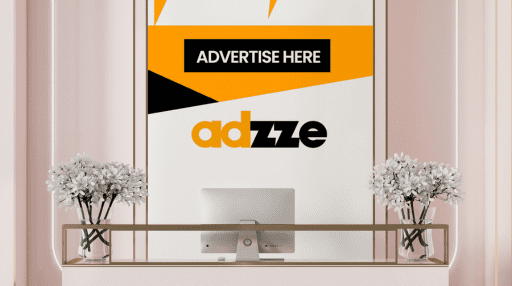
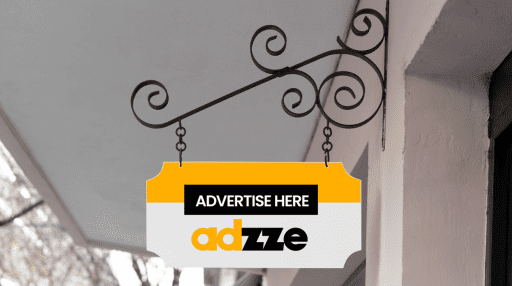
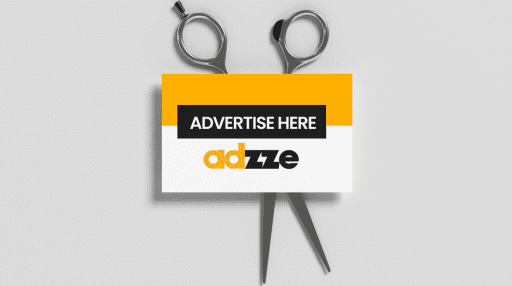
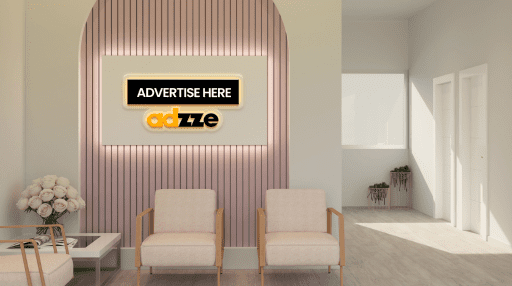
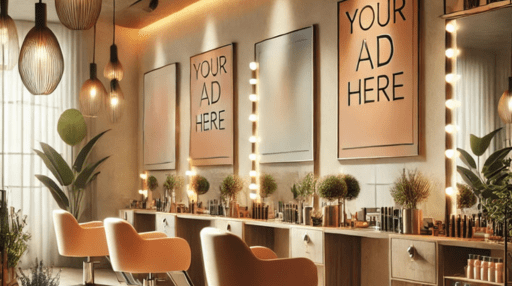

All rights reserved 2024